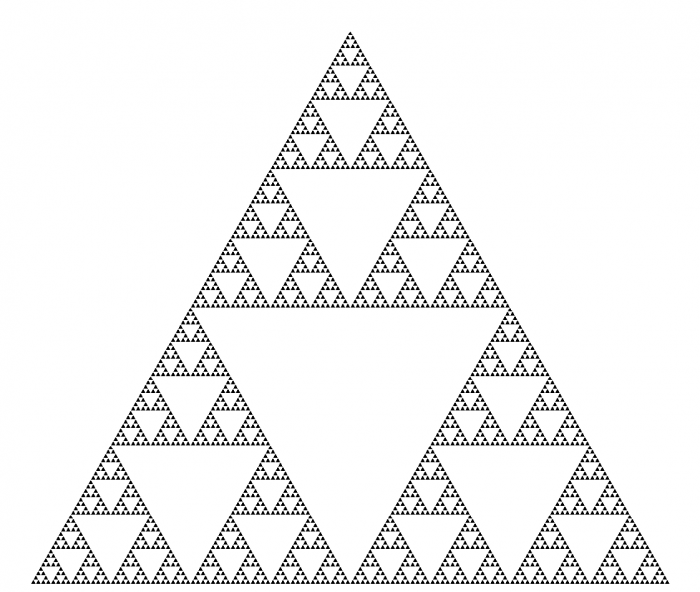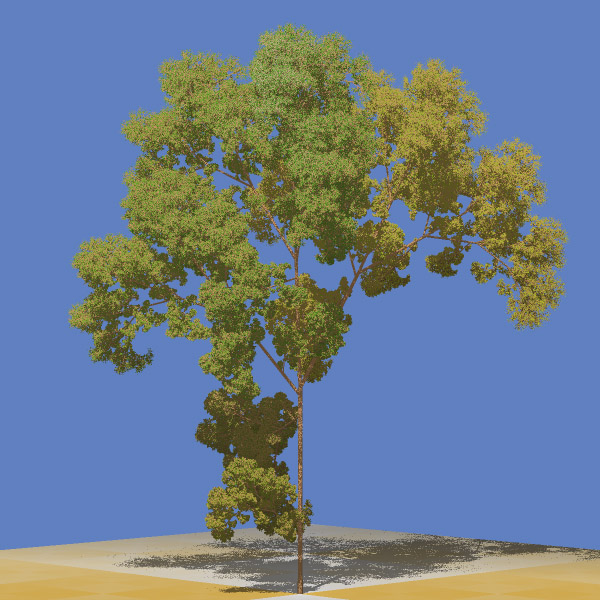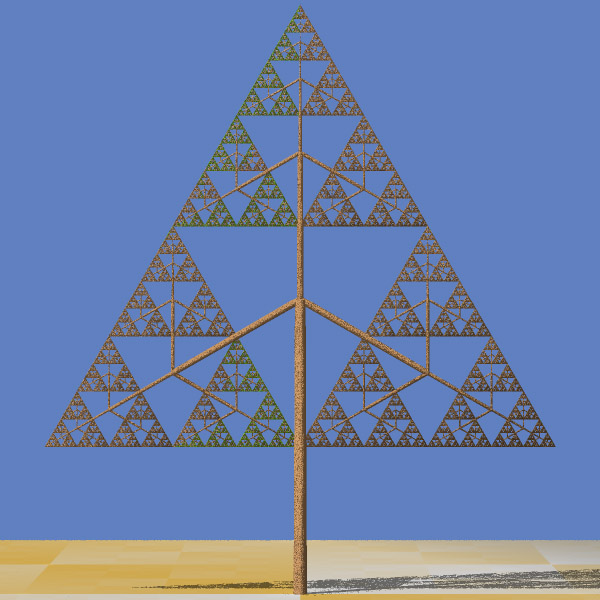2.5 Procedural Modeling
For realistic scenes, more complex models are needed. Creating these types of models can be tedious. One solution is to construct 3D models or textures algorithmically. Procedural modeling has been used in some techniques in computer graphics to create 3D models based on sets of rules. Procedural computing is the process of creating data algorithmically instead of manually. In computer graphics, it is used for creating textures. Mostly, procedural rules are used for creating complex models such as plants, buildings, cities or landscapes which require more specialized tools and are time-consuming for a person to build. With procedural rules, developing complicated models is simplified through repeating processes, automatic generation, and if necessary randomization.
One of the methods in procedural modeling is the use of fractals (fractal geometry) to create self-similar objects. Fractals are complex geometries with never-ending patterns. In other words, they can have infinite patterns at different resolutions. This type of approach is useful in creating natural models such as plants, clouds, coastlines, and landscapes. For instance, a tree can be automatically created based on branching properties and type of leaves. Then a forest can be generated automatically by tree randomization.
Another method in procedural modeling is generating models based on grammars. Grammar-based modeling defines rules that repeatedly can produce more details and create finer models as in the image below. Tree shape data structure or model hierarchy plays an important role in grammar-based modeling both in terms of programming efficiency and adding more details to a shape.
Instances of procedural modeling platforms are ESRI CityEngine, Vue, and Fugu. Xfrog is a component that can be added to a different platform such as Maya and CAD to build plants, organic shapes or abstract objects.
Procedural modeling will be the topic of Lesson 4.



